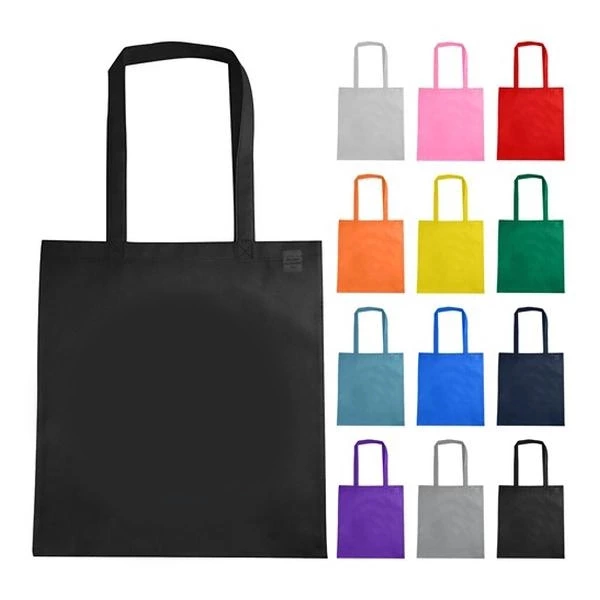Color Matching In The Design Of Non-woven Packaging Bags
Non-woven Shopping Bag When designing and typesetting, the requirements for color matching are also very high. Today's society is a society with the characteristics of the commercialization era. In the promotion of commodities, the design of non-woven packaging bags is becoming more and more important, and in the packaging design of commodities, the color matching of packaging is the top priority. Commodity packaging bags are the business cards of commodities and play an important role in promoting commodity marketing. The color matching of commodity packaging needs to be based on the laws of color science, reflect the attributes and uses of commodities, attract the attention of consumers, and make them want to buy, so as to achieve the purpose of sales. Therefore, designers must understand the characteristics of colors in packaging design and their application in commercial packaging design. So what points should designers pay attention to when designing and typesetting non-woven packaging bags?
Non-woven color coated non-woven bags
① The cold and warm feeling of colors. There is no difference between cold and warm in color itself. It is the vision that makes colors cause people to have psychological associations with cold and warm feelings. Warm colors-when people see red, red orange, orange, yellow orange, red purple and other colors, they immediately think of the sun, flames, and other objects, and produce feelings of warmth, enthusiasm, and danger. Cold colors - When people see blue, blue-purple, blue-green and other colors, they can easily associate them with space, ice, snow, ocean and other objects, and produce feelings of coldness, rationality, calmness and so on.
② The lightness and heaviness of colors. This aspect is mainly related to the brightness of colors. The brightness of colors is brightness. Colors with high brightness remind people of blue sky, white clouds, various flowers, wool, etc., and produce feelings of softness, floating, rising, and flexibility. Colors with low brightness easily remind people of objects such as steel and marble, and produce feelings of depth, stability, and falling.
③ The softness and hardness of colors. This feeling mainly comes from the brightness of colors and is also related to purity. The higher the brightness, the softer it feels, and the lower the brightness, the harder it feels, with the exception of white. Colors with high brightness and low purity have a soft feeling, which will remind people of animal fur, velvet fabrics, etc. Both high-purity and low-purity colors have a hard feeling.
④ The sense of advancement and retreat of colors. Because the wavelengths of various colors are different, they give people a sense of advancement or retreat after imaging. Blue, purple and other light waves are short and are imaged on the outside, and they feel retreating within the same distance. In fact, this is an optical illusion. Generally, warm colors, pure colors, high-brightness colors, strong contrast colors, large-area colors, concentrated colors, etc. have a sense of advancement; on the contrary, cold colors, turbid colors, low-brightness colors, weak contrast colors, small-area colors, dispersed colors, etc. have a sense of retreat.
⑤ The sense of expansion and contraction of colors. Warm colors, high-brightness colors, etc. have a sense of expansion and expansion; cold colors, low-brightness colors, etc. appear small and have a sense of contraction.
⑥ The sense of magnificence and simplicity of colors. The three elements of color have an impact on the sense of magnificence and simplicity of color. Among them, purity has the greatest impact. Colors with high brightness, high purity and strong contrast give people a sense of magnificence and brilliance; colors with low brightness, low purity, simple and weak contrast give people a sense of simplicity and elegance. But no matter what color, if you add gloss, you can get a gorgeous effect.
⑦ The liveliness and solemnity of colors. Warm colors, high-purity colors, rich and colorful colors, and strong contrast colors feel lively, lively, and energetic; cold colors, low-purity colors, and low-brightness colors feel solemn and serious.
⑧ The excitement and calmness of colors. Cool colors such as blue, blue-purple, and blue-green make people feel calm and peaceful. Green and purple are neutral colors and do not have this feeling. The excitement and calmness of colors are also closely related to purity: high-purity colors have a strong sense of excitement; low-purity colors give people a sense of calmness.
